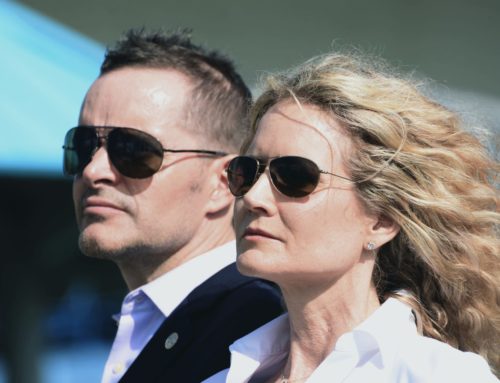The September 16th edition of the Economist highlighted major issues involving cancer
Cancer claimed 8.8 million lives world wide in 2015
40% of Americans will have cancer during their lifetime
Cancer kills more people in Africa than malaria
In recent decades Cancer has become more survivable. The five-year survivable rate for leukemia has doubled from 34% to 63% from the mid 1970s to the present. From a purely technical perspective science will turn most cancers into either chronic diseases or curable ones.
Cell-Side Research
Caught early on, many cancers are now highly treatable. Surgery, radiation, and chemotherapy are all still improving
Radiotherapists can create webs of gamma rays, whose intersections deliver doses high enough to kill tumors but which do less damage to healthy tissues as they enter and leave the body
Some new drugs throttle the growth of blood vessels bringing nutrients to tumors; others attack cancer cells’ own DNA-repair kits
The greatest excitement is reserved for immunotherapy. The human immune system is equipped with a set of brakes that cancer cells are able to activate; the first immunotherapy treatment disables the brakes, enabling white blood cells to attack the tumors. Over 1000 clinical trials are under way, targeting many different types of cancers.
The five-year survival rate for a setoff three common cancers in America and Canada is above 70%.
The economist ended with a warning: The decisions of technocrats are as important as the work of technicians. Cancer kills millions of people not simply for want of scientific advance, but also because of bad policy.
Originally published in the Sarasota Herald-Tribune

